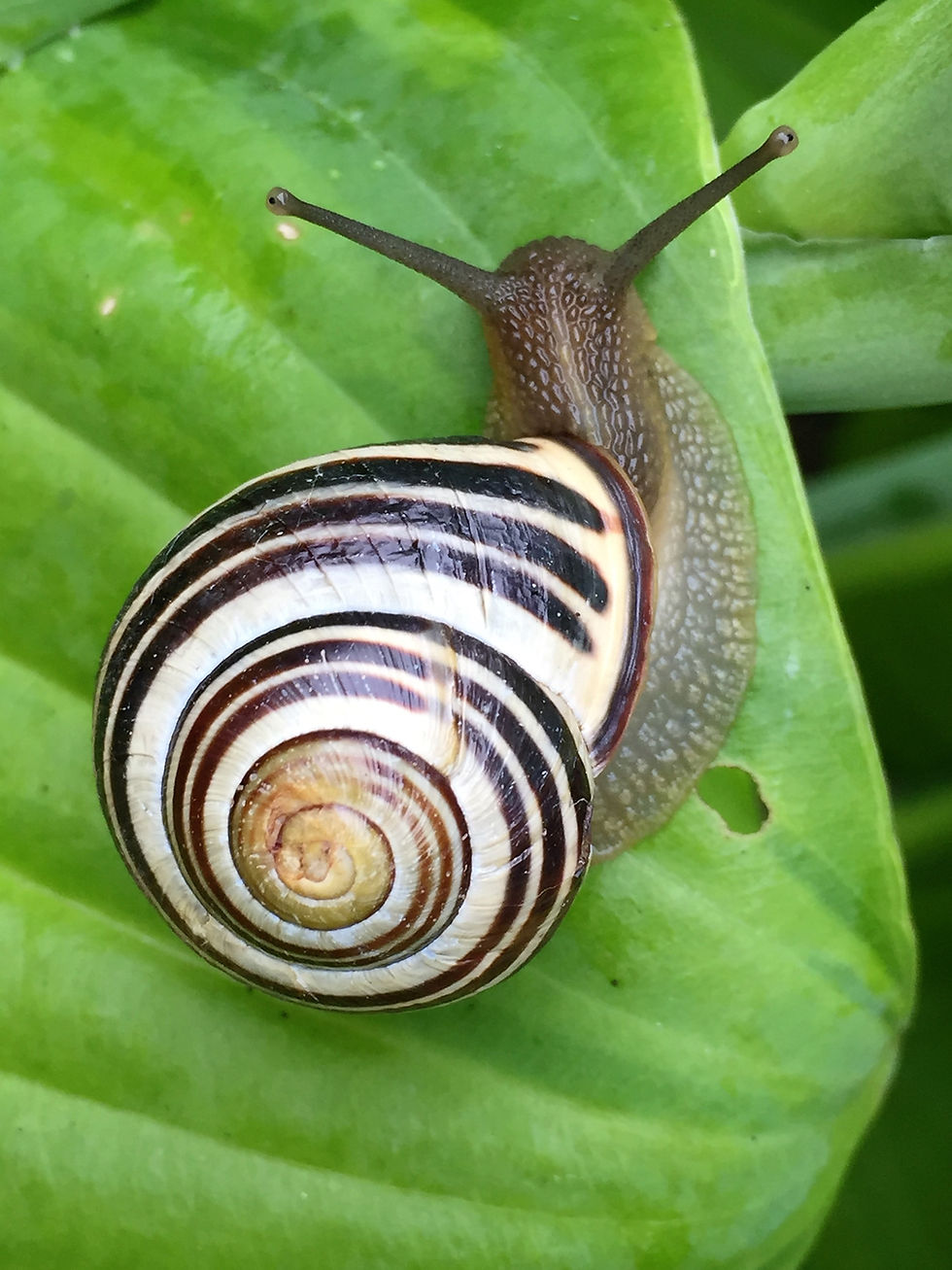Why Snail Mucin Is So Popular in Skincare
- Fysiobasen

- Nov 1
- 3 min read
In recent years, snail mucin has become one of the most sought-after ingredients in skincare — and for good reason.Originally valued for its healing properties, this natural substance has made its way into creams, serums, and masks that claim to improve skin health and appearance.
But what exactly makes snail mucin so special?In this article, we’ll explore why snail mucin has become so popular in skincare and what benefits it can offer your skin.

What Is Snail Mucin?
Snail mucin, also known as snail secretion filtrate, is a natural secretion produced by snails to protect and repair their bodies as they move.It keeps their skin hydrated, shields them from bacteria and pollutants, and promotes healing.
Snail mucin is packed with bioactive compounds — including proteins, enzymes, glycolic acid, collagen, vitamins, and minerals — all of which contribute to healthier skin.
Why Is Snail Mucin So Popular in Skincare?
Snail mucin has become a star ingredient in modern skincare due to its multi-functional benefits and gentle, natural composition.Here are the main reasons behind its growing popularity.
1. Regenerative and Healing Properties
Snail mucin is rich in allantoin, a compound known for promoting skin regeneration and reducing inflammation.It helps stimulate cell renewal, repair damaged tissue, and soothe irritation — making it ideal for sensitive or acne-prone skin.
Regular use can improve skin texture, reduce acne scars, and enhance the skin’s overall smoothness.
2. Deep Hydration
One of the key reasons snail mucin is so beloved is its powerful moisturizing ability.It contains glycolic acid and natural humectants, which attract and retain moisture, keeping the skin soft and supple.
This makes it especially beneficial for people with dry or dehydrated skin, helping to restore the skin’s moisture barrier and prevent flakiness.
3. Anti-Aging Effects
Snail mucin also has impressive anti-aging benefits.It naturally contains collagen and elastin, two proteins essential for maintaining firmness and elasticity.
By supporting the skin’s structure, snail mucin helps reduce fine lines and wrinkles and promotes a more youthful, plump appearance.
4. Acne and Blemish Control
Thanks to its glycolic acid content, snail mucin gently exfoliates the skin by removing dead cells and unclogging pores.This can help prevent acne breakouts while improving overall skin clarity.
Its anti-inflammatory and antibacterial properties also calm redness and irritation, making it suitable for acne-prone or reactive skin types.
5. Natural and Gentle on Skin
In a time when consumers increasingly seek natural and sustainable skincare, snail mucin stands out as a gentle yet effective ingredient.It is well tolerated by most skin types, including sensitive skin, and fits perfectly into minimalist or clean-beauty routines.
Is Snail Mucin Safe for the Skin?
Yes, snail mucin is generally safe for most people, with few reported side effects.However, as with any skincare ingredient, individual sensitivities vary.
If you have very sensitive skin or a history of allergic reactions, it’s best to perform a patch test before using snail mucin products regularly.
How to Use Snail Mucin in Your Routine
Snail mucin can be found in various products — from serums and creams to masks and cleansers.To get the most benefit, follow these simple guidelines:
Apply on clean skin: Use after cleansing so the product can absorb deeply.
Be consistent: Use daily or as recommended to maintain hydration and repair effects.
Layer with moisturizer: Combine with a hydrating cream to lock in moisture and enhance results.
Summary
Snail mucin has gained global popularity in skincare thanks to its healing, hydrating, and anti-aging properties.Rich in allantoin, glycolic acid, and collagen, it supports cell regeneration, improves texture, reduces fine lines, and fights acne.
For those seeking natural and effective skincare, snail mucin is a versatile and science-backed ingredient that promotes smoother, healthier, and more radiant skin.
Sources
Shatkin S, et al. The role of snail mucin in skin care: Mechanisms and clinical applications. Dermatology Times. 2018.
Kim H, et al. The effects of snail mucin on wound healing and skin regeneration. J Dermatol Sci. 2009;56(1):16–21.
Otero-Vinas M, et al. The healing effects of snail mucin on skin tissue. J Wound Care. 2017;26(4):187–193.
Choi H, et al. Cosmetic benefits of snail mucin in dermatology. J Cosmet Dermatol. 2014;13(4):269–273.
Lee H, et al. Snail mucin: A new trend in skincare with therapeutic potential. Skin Pharmacol Physiol. 2018;31(6):302–307.









